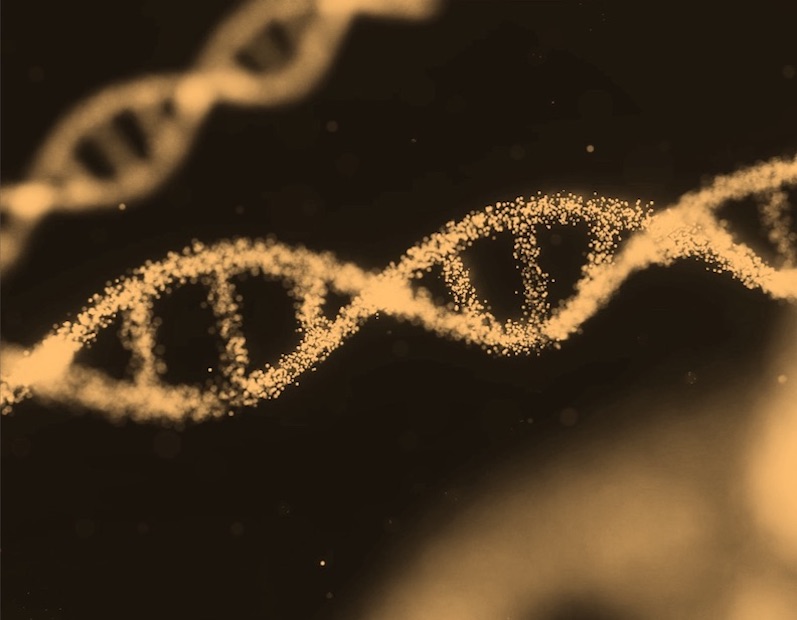What is it about?
It now appears that obesity is associated with a low-grade inflammation of white adipose tissue resulting from chronic activation of the innate immune system as interleukin-1 beta (IL-1). Previous investigations have described a positive association between IL-1 beta +3953 (C>T) gene polymorphism (rs 1143634) and obesity, suggesting functional effects on fat mass, fat metabolism, and body mass. However, it is necessary to determine if these results occur in other populations and if they are influenced by sex and age. Therefore, we performed a case-control study using 880 Caucasian subjects (59.7+/-11.9 years old) from the Brazilian Aging Research Program (non-overweight = 283, overweight = 334, obese = 263) previously investigated in genetic studies, in whom we analyzed the IL-1 beta +3953C/T polymorphism. We observed higher T allele (CT/TT) frequency in non-overweight than overweight and obese groups. The odds ratio showed 1.340 (95% CI: 1.119-1.605) times more chance of the obese group being CC carriers compared to non-overweight group independent of sex and age. This study corroborates the idea that the IL-1 system is linked to the development of obesity.
Featured Image
Read the Original
This page is a summary of: Association between interleukin-1 beta polymorphism (+3953) and obesity, Molecular and Cellular Endocrinology, January 2010, Elsevier,
DOI: 10.1016/j.mce.2009.07.029.
You can read the full text:
Contributors
The following have contributed to this page







